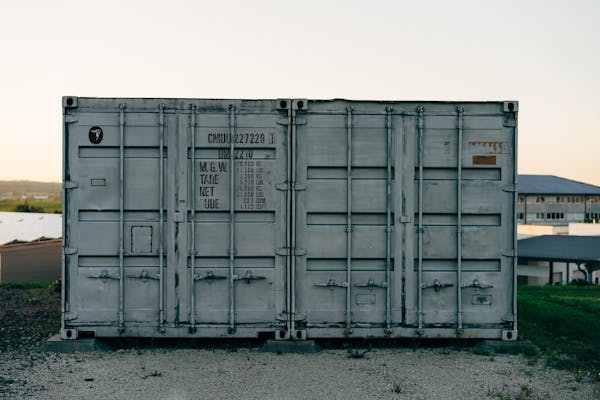Shipping Nylon Ropes from Guangzhou/Shenzhen to Toledo, OH: A Comprehensive Guide
Shipping Options: FCL vs. LCL
1. Full Container Load (FCL) – 20FT/40FT Container (CIF)
For large shipments, using a Full Container Load (FCL) is the most efficient option. In this case, the nylon ropes are shipped in either a 20FT or 40FT container. The term CIF (Cost, Insurance, and Freight) means the cost of the goods, shipping charges, and insurance are included in the shipping price, but the buyer is responsible for import duties and delivery costs after the goods arrive at the port.
2. Less-than-Container Load (LCL)
For smaller shipments that do not fill an entire container, Less-than-Container Load (LCL) is a more economical solution. This method allows multiple smaller shipments to be consolidated in one container. In this case, the nylon ropes will share container space with other goods, reducing the overall shipping cost.
Port of Departure and Arrival
- Port of Departure: Guangzhou or Shenzhen (Southern China)
- Port of Arrival: Toledo, Ohio (USA) – a key port for transporting goods inland to the Midwest.
Transit Time
The estimated sea voyage duration from Guangzhou/Shenzhen to Toledo is approximately 37 days. This includes time spent on the water as well as transloading and customs clearance. It’s essential to factor in this time when planning inventory and stock levels.

Packaging for Nylon Ropes
Proper packaging is critical when shipping nylon ropes to prevent damage and ensure the goods arrive in optimal condition. Here are the key steps for packaging:
Coiling or Spooling: Nylon ropes should be neatly coiled or spooled to prevent tangling or damage during transportation. This also helps in easy unloading and handling at the destination port.
Wrapping: The coiled ropes are typically wrapped in durable plastic or shrink-wrap to protect them from moisture, dirt, and physical damage. This also helps maintain the integrity of the ropes during rough handling.
Palletizing: For LCL shipments, nylon ropes are often placed on wooden pallets. This makes it easier to move and secure the goods within the container, minimizing the risk of shifting during transport.
Marking: Clear labeling with the shipment’s destination, handling instructions, and consignee details is important. This ensures easy identification and proper handling once the cargo reaches Toledo.
Container Loading: For FCL shipments, nylon ropes are carefully loaded into the 20FT or 40FT container. Depending on the size of the shipment, the ropes may be stacked or arranged in a way that minimizes movement during transport.
Customs Clearance and Delivery
Once the shipment reaches the Port of Toledo, it will go through customs clearance. The customs broker will handle the necessary documentation and ensure the goods comply with U.S. import regulations. After clearance, the nylon ropes will be either picked up by the buyer or forwarded to their designated delivery location.
For FCL shipments, the buyer may choose to arrange door-to-door delivery. For LCL shipments, the goods will need to be picked up from the port or can be arranged for further inland transport to their final destination.



